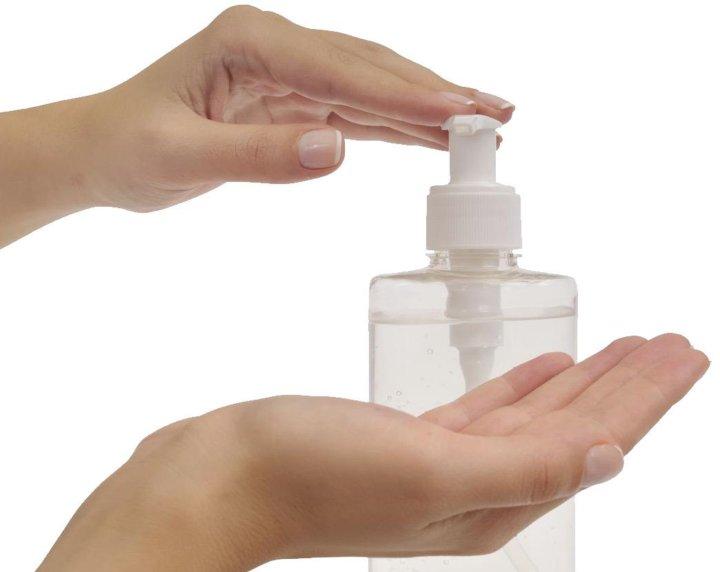Antiseptic and Disinfectant Market Opportunities Rise With Increasing Demand in Veterinary and Animal Healthcare Sectors

The global antiseptic and disinfectant market is undergoing significant transformation as demand surges across diverse sectors, with one of the most notable being veterinary and animal healthcare. The increasing focus on animal hygiene, disease prevention, and zoonotic disease control is propelling the adoption of high-quality antiseptic and disinfectant products in clinics, farms, and animal husbandry operations.
As the world places greater emphasis on biosecurity and infection control in both companion and livestock animals, manufacturers and suppliers of disinfectants and antiseptics are presented with lucrative opportunities for growth and innovation in the veterinary space.
Rising Need for Infection Control in Veterinary Medicine
Veterinary clinics and animal hospitals face challenges similar to human healthcare facilities — from surgical sterilization to preventing cross-contamination between animals. In these settings, the use of antiseptics and disinfectants is critical for cleaning instruments, disinfecting examination rooms, and maintaining hygiene in surgical suites and kennels.
The growing population of companion animals, increasing rates of pet ownership, and a rise in pet-related healthcare spending globally have heightened the need for stringent hygiene protocols. Furthermore, veterinary surgeries, wound care, and diagnostic procedures rely on antiseptic solutions for pre- and post-treatment sanitation.
The use of alcohol-based antiseptics, iodine solutions, and chlorhexidine gluconate is expanding rapidly as veterinarians aim to minimize infection risks and ensure faster recovery for their animal patients.
Livestock and Poultry Sector Fuels Demand
Beyond clinical settings, the livestock and poultry industries are major contributors to the rising demand for disinfectants and antiseptics. Farm animals are susceptible to a wide range of bacterial, viral, and fungal infections that can severely impact productivity and public health, especially when zoonotic pathogens are involved.
To prevent outbreaks such as avian influenza, swine fever, or foot-and-mouth disease, farms are adopting aggressive biosecurity protocols. This includes the regular disinfection of barns, transport vehicles, feeding equipment, and water systems.
Agricultural authorities and international organizations like the World Organisation for Animal Health (WOAH) and Food and Agriculture Organization (FAO) actively promote disinfection routines in animal production systems as a core element of disease prevention and food safety.
As such, demand for veterinary-grade disinfectants—ranging from quaternary ammonium compounds and glutaraldehyde to natural disinfectants—is on a steep upward trajectory.
Zoonotic Disease Prevention and Public Health
The COVID-19 pandemic, along with prior health crises such as avian flu and swine flu, highlighted the role of animals in transmitting diseases to humans. This global wake-up call has intensified efforts to control infectious diseases at their animal source, a practice often referred to as the One Health approach.
Antiseptics and disinfectants are essential components of this strategy, serving as the first line of defense in preventing pathogens from spreading between animals and humans. Whether in wet markets, livestock trading zones, or zoos, proper disinfection is now a public health priority.
This emphasis on zoonotic disease control is opening new avenues for market growth, particularly in regions with dense animal populations and limited historical investment in veterinary hygiene.
Regulatory Landscape and Compliance Pressures
Regulatory bodies across the globe are tightening guidelines surrounding animal health and hygiene. In the European Union, the Animal Health Law (AHL) mandates strict measures to control infectious animal diseases, while countries like the U.S. and Australia have introduced robust frameworks for veterinary disinfection practices.
Farmers, veterinarians, and animal care facilities must now comply with biosecurity audits and maintain records of their sanitation routines. These evolving standards have compelled stakeholders to adopt certified, efficacious disinfectants that meet safety and efficacy benchmarks.
For suppliers, this means there’s growing demand not just for products, but also for training, documentation, and support services that help clients achieve compliance.
Innovation in Veterinary-Grade Products
Manufacturers are responding to veterinary needs with specialized formulations. These include:
-
Non-irritant topical antiseptics safe for use on animal skin and wounds.
-
Broad-spectrum surface disinfectants with residual efficacy in barn environments.
-
Aerosolized and fogging disinfectants for large-scale disinfection in poultry houses.
-
Natural and organic disinfectants, increasingly preferred for sustainable farming practices.
Some companies are also exploring automated disinfection systems for large farms, enabling consistent coverage and reducing the risk of human error during manual cleaning.
Market Expansion in Emerging Regions
In developing regions, where veterinary infrastructure is rapidly evolving, the antiseptic and disinfectant market is ripe for expansion. Governments and NGOs are investing in rural veterinary clinics, mobile health units, and animal welfare initiatives, all of which require regular sanitation.
Moreover, with growing exports of meat, dairy, and poultry products, emerging economies are under pressure to align with international hygiene standards — further fueling market demand.
Conclusion
The convergence of rising animal healthcare needs, intensified zoonotic disease awareness, and stringent hygiene protocols is significantly expanding opportunities within the antiseptic and disinfectant market. As veterinary and livestock sectors continue to evolve, the demand for reliable, effective, and animal-safe infection control solutions is expected to climb. For forward-thinking companies, innovation tailored to veterinary applications represents a key pathway to long-term growth and global market leadership.
- Art
- Causes
- Crafts
- Dance
- Drinks
- Film
- Fitness
- Food
- Games
- Gardening
- Health
- Home
- Literature
- Music
- Networking
- Other
- Party
- Religion
- Shopping
- Sports
- Theater
- Wellness


